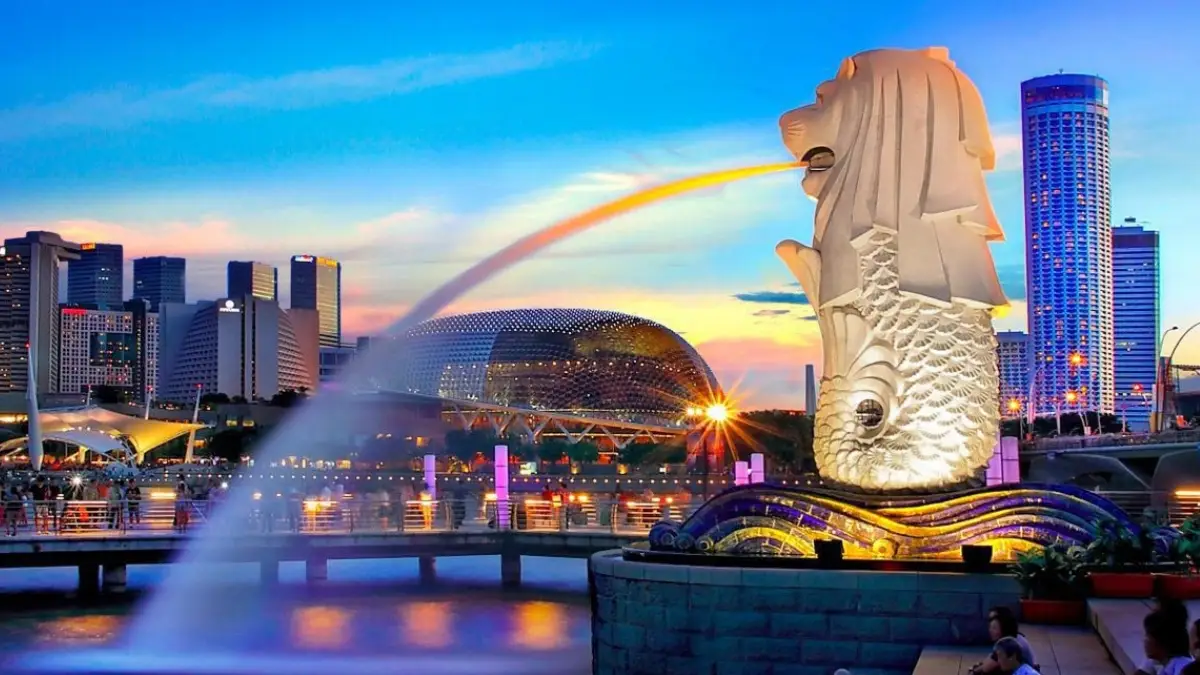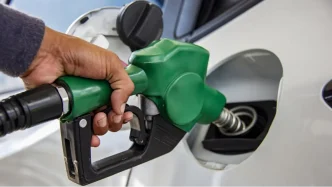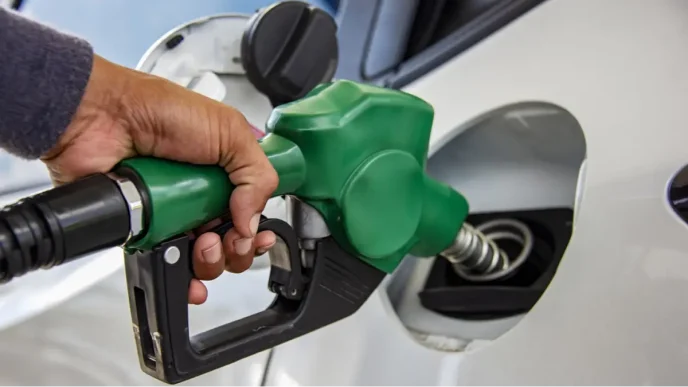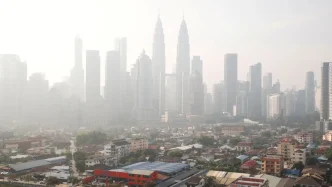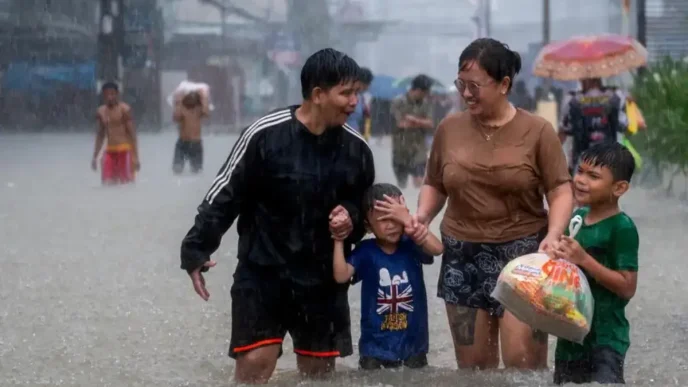Singapore, a global hub for trade and innovation, faces a formidable challenge in decarbonizing its energy-intensive economy. With a target of achieving net-zero emissions by 2050, the city-state is exploring a range of emerging technologies—hydrogen, geothermal energy, and carbon capture among them—to transition away from its heavy reliance on natural gas. Yet, as the nation pushes forward, significant hurdles remain in scaling these solutions to meet both environmental and economic goals.
Balancing Ambition with Practicality
At the heart of Singapore’s energy strategy is a commitment to resilience and affordability while pursuing cleaner alternatives. Dr. Tan See Leng, Singapore’s Minister-in-charge of Energy and Science & Technology, recently emphasized the complexity of this transition. “It is hard to commit today to hydrogen, carbon capture, or for that matter, geothermal, because at this particular point in time, we don’t have enough details yet” he said on July 28, 2025. Despite these uncertainties, the government is investing heavily in research and development (R&D) to position Singapore as a fast adopter of cutting-edge technologies, even if it cannot always be a first mover.
Natural gas, a fossil fuel, currently dominates Singapore’s energy mix, and it is likely to remain a key component for the foreseeable future. However, the nation is actively seeking ways to mitigate its carbon footprint. This dual approach—maintaining energy security while exploring low-carbon options—underscores the pragmatic lens through which Singapore views its net-zero ambitions. The challenge lies in ensuring that alternative energy sources are not only environmentally sustainable but also economically viable for a resource-scarce nation with limited land and renewable energy potential.
Hydrogen: A Clean Fuel with Logistical Challenges
One of the most promising avenues for decarbonization is hydrogen, often touted as a clean fuel because it produces no planet-warming carbon dioxide when burned. Hydrogen can be generated by passing an electrical current through water to split it into hydrogen and oxygen, a process known as electrolysis. For it to be considered Green however, the electricity used must come from renewable sources to ensure the entire process remains carbon-neutral.
Singapore, constrained by its lack of domestic renewable energy resources, cannot produce green hydrogen at scale locally. Instead, the country must rely on imports, which introduce significant logistical challenges. Green hydrogen must be transported at extremely low temperatures—around minus 253 degrees Celsius—far colder than the conditions required for certain Covid-19 mRNA vaccines, which ranged from minus 90 to minus 60 degrees Celsius. This necessitates specialized cold-chain logistics, driving up costs.
To address these barriers, Singapore is investing in innovative solutions. The government’s Directed Hydrogen Programme has allocated approximately 43 million Singapore dollars (~US$32 million) to six projects aimed at making hydrogen technologies more viable and scalable. One potential method involves using ammonia as a carrier for hydrogen. Ammonia is relatively stable and can be stored at ambient temperatures, making it easier to transport. It can then be combusted directly for electricity or hydrogen can be extracted, though the latter requires high operating temperatures.
Additionally, Singapore launched its National Hydrogen Strategy in October 2022 to accelerate the development and deployment of hydrogen technologies. These efforts reflect a broader recognition that hydrogen could play a critical role in the city-state’s energy future, provided the associated costs and technical challenges can be overcome.
Geothermal Energy: Untapped Potential Beneath the Surface
Beyond hydrogen, Singapore is exploring geothermal energy—heat derived from the Earth’s core—as another potential contributor to its energy mix. A 2022 report by the Energy Market Authority (EMA) suggested that emerging technologies, including geothermal and nuclear, could supply up to 10 percent of Singapore’s energy needs by 2050. Recent discoveries of high underground temperatures in northern Singapore have further fueled optimism about this renewable source.
However, geothermal energy remains in its infancy in the city-state. Dr. Tan described the technology as in the earliest phase of development, noting that experts are still assessing whether underground heat reservoirs can provide a stable and economically feasible supply of energy. The EMA is currently focused on mapping Singapore’s underground heat resources, with a comprehensive study expected to conclude in 2026. This research will also examine regulatory frameworks and potential environmental impacts of deep geothermal systems.
For a densely populated urban center like Singapore, the deployment of geothermal energy poses unique challenges. Drilling operations must be carefully managed to avoid disrupting infrastructure or ecosystems, and the technology must prove cost-effective compared to existing energy sources. Still, the prospect of harnessing a renewable, locally sourced form of energy holds significant allure for a nation seeking to reduce its dependence on imported fuels.
Carbon Capture: Targeting Hard-to-Abate Sectors
Carbon capture and storage (CCS) represents another critical pillar of Singapore’s low-carbon strategy. CCS technologies aim to remove carbon dioxide from the atmosphere or industrial emissions and store it underground, preventing it from contributing to global warming. This approach is particularly relevant for Singapore’s energy and chemical sectors, which are emissions-intensive and face limited alternatives for decarbonization.
Dr. Tan highlighted ongoing efforts to explore CCS feasibility, particularly in industries where emissions are hard to reduce such as power generation and industry on Jurong Island, a hub for petrochemical and manufacturing activities. Tan said, “We are starting small. We only target those very hard-to-abate sectors”. The government is collaborating with an industry consortium called S Hub, formed by energy giants ExxonMobil and Shell, to study the aggregation of carbon dioxide emissions for storage in other countries. S Hub aims to develop a CCS project capable of permanently storing 2.5 million tonnes of carbon dioxide annually by 2030, either in deep underground rock formations or under the seabed.
On July 14, 2025, three power generation companies in Singapore received approval to conduct CCS feasibility studies. These studies will explore two methods: capturing carbon dioxide from exhaust gases after natural gas combustion and capturing it during the production of hydrogen from natural gas. The latter process allows hydrogen to be used as a clean fuel for electricity generation, with emissions mitigated at the production stage.
Dr. Tan noted that carbon capture is a well-proven technology, citing its successful implementation in countries like Norway. International bodies such as the International Energy Agency and the Intergovernmental Panel on Climate Change also recognize CCS as a credible pathway to achieving net-zero emissions. For Singapore, starting with targeted applications in high-emission sectors offers a pragmatic entry point to scaling up this technology.
Investing in Innovation for a Low-Carbon Future
Singapore’s pursuit of cleaner energy is underpinned by substantial investments in R&D and infrastructure. The government has established a Low-Carbon Technology Translational Testbed, backed by 62.5 million Singapore dollars (~US$46 million), to support companies in scaling up innovative solutions closer to commercial readiness. This initiative aims to bridge the gap between laboratory research and real-world application, fostering collaboration between public and private sectors.
Such efforts are emblematic of Singapore’s broader approach to energy transition: a relentless focus on innovation to overcome structural limitations. With limited land for solar or wind farms and no significant hydroelectric resources, the city-state must look to advanced technologies and international partnerships to meet its climate goals. This includes not only developing new energy sources but also enhancing energy efficiency and resilience across supply chains.
Regional and Global Implications
Singapore’s energy transition carries implications beyond its borders. As a key player in Southeast Asia, its progress in adopting hydrogen, geothermal, and CCS technologies could serve as a model for other nations in the region facing similar constraints. Countries like Malaysia and Indonesia, which also grapple with balancing economic growth and environmental sustainability, may draw lessons from Singapore’s emphasis on R&D and targeted decarbonization strategies.
Moreover, Singapore’s reliance on imported energy—whether natural gas or future supplies of green hydrogen—underscores the importance of regional cooperation. Establishing secure and cost-effective supply chains for clean energy will require collaboration with neighboring countries and global partners. Initiatives like S Hub’s CCS project, which envisions cross-border storage solutions, highlight the potential for shared infrastructure to address climate challenges collectively.
At the global level, Singapore’s commitment to net-zero by 2050 aligns with international efforts to limit warming to 1.5 degrees Celsius above pre-industrial levels, as outlined in the Paris Agreement. Its focus on hard-to-abate sectors also resonates with global discussions on prioritizing emissions reductions in industries where alternatives are scarce. By positioning itself as a hub for low-carbon innovation, Singapore aims to contribute to—and benefit from—the emerging green economy.
Looking Ahead: Uncertainty and Opportunity
As Singapore navigates the complexities of its energy transition, the path forward remains uncertain. Technologies like hydrogen, geothermal energy, and carbon capture hold immense promise but require further maturation to become viable at scale. The city-state’s investments in R&D and strategic partnerships reflect a determination to overcome these hurdles, even as it continues to rely on natural gas as a bridge fuel.
The stakes are high. Achieving net-zero emissions by 2050 will demand not only technological breakthroughs but also careful policy design to ensure affordability and energy security for Singapore’s population and industries. As Dr. Tan aptly noted, the objective is to build supply pathways that are both resilient and accessible—a goal that will test the nation’s ingenuity in the decades ahead.
For now, Singapore stands at the forefront of clean energy experimentation in Southeast Asia, balancing ambition with the practical realities of its unique context. Whether these efforts will yield sustainable solutions remains to be seen, but the city-state’s proactive stance offers a glimpse of what a low-carbon future could look like in one of the world’s most dynamic economies.


